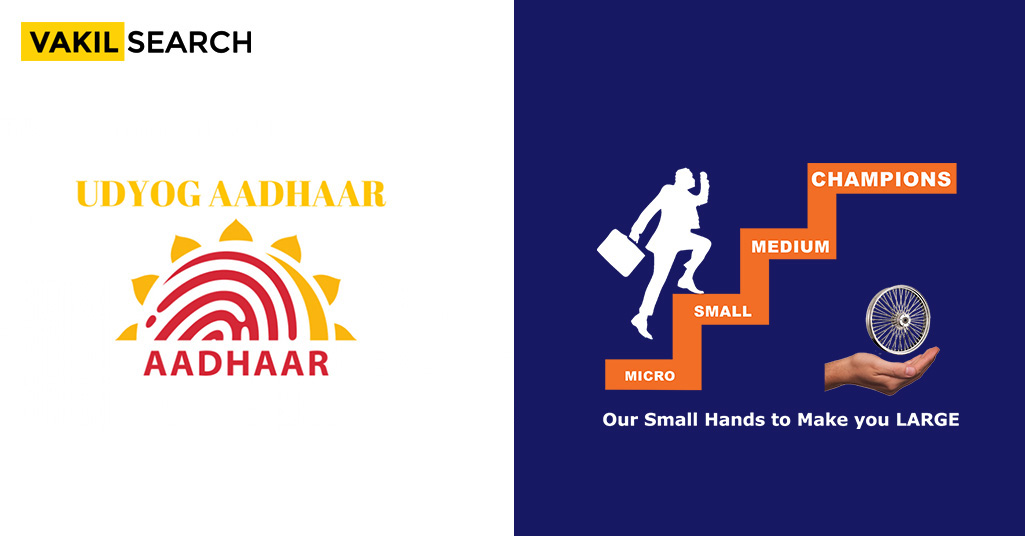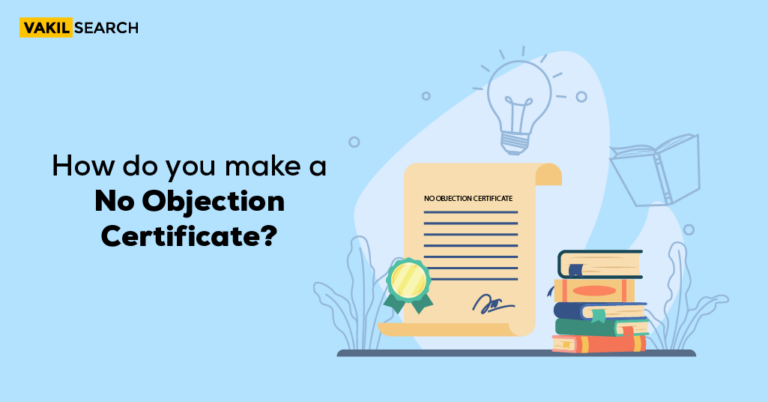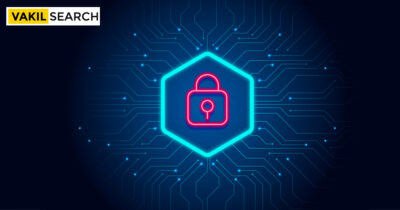On 12 July 2016, the Government of India established UIDAI (Unique Identification Authority of India) under the Aadhaar Act. Act 14 of 2019 amends the Aadhaar Act 2016 as of 25.07.2019.
Introduction
A unique identity was created for every Indian by the Unique Identification Authority of India. Therefore, UIDAI Portal, which issues the Aadhaar Card, ensures that all eligible citizens can authenticate their identities digitally. Founded in 2009, the agency has made the Aadhaar Card a reality for millions of Indians. Users can also manage their Aadhaar details through the official website of the Unique Identification Authority of India.
Moreover, the UIDAI data centres sit in Industrial Model Township, Manesar. Over the years almost 125 crore Aadhaar Cards have been generated, enabling over 40,000,000,000 authentications. We will take a look at the Unique Identification Authority of India, which makes all of this possible.
What Is The UIDAI Portal?
UIDAI is a national agency responsible for distributing and authorising the Aadhaar Card. UIDAI ensures that all eligible residents receive their Aadhaar Cards, India’s most widely used and integral proof of identity. The UIDAI, established by the Central Government, collects demographic and biometric information of residents and issues unique ID cards to them. As a result, UIDAI’s Aadhaar project is regarded as the world’s largest national identification project.
UIDAI Legislation And Scope
In 2016, the Lok Sabha passed the Aadhaar (Targeted Delivery of Financial and other Subsidies, Benefits and Services) Act, 2016 as a money bill. Upon enactment of this Act, Aadhaar received a clearer structure and legal backing. Therefore, UIDAI is supervised by the Ministry of Electronics and Information Technology. Aadhaar and Other Laws Amendment, 2019 amended the Act further.
Prior to the passing of this bill, the UIDAI was a subsidiary of the Planning Commission, which later became the NITI Aayog. A Resolution dated January 2009 established such a body. In 2015, the government transferred control of the UIDAI to the Department of Electronics and Information Technology. Aadhaar was recognized as a valid proof of identity and address on December 16th 2010, but it does not replace any other document.
A Supreme Court ruling dated September 2013 ensured that no Indian should suffer because they do not have an Aadhaar. Hence, obtaining the document is a voluntary endeavour, but one that is highly advised as the document is handy and has several applications. However, the Supreme Court stated that the Aadhaar would be mandatory only for LPG, Kerosene, and PD distribution in 2015.
Functions of UIDAI Portal
- Owns and operates the UID database
- Serves as a platform that helps residents pre-register for the Aadhaar card via online method
- Allows users to check the status of their Aadhaar card via its official website
- Undertakes the responsibility of maintaining and updating records regarding Aadhaar applications received both offline and online
- Helps with implementing all UID schemes
- Generates, allocates and assigns unique identification numbers to all applicants
- Defines the mechanism and protocol for linking the database to its partners
- Manages and operates all of the UID’s cycles and operations
- Frames the policies and guidelines that help with the operation and functioning of the UID
- Updates the usage and application of the UID for various services
UIDAI Mission
- Deliver the Aadhaar Card to every Indian resident by following the most stringent quality measures
- Collaborate with partners and build a sustainable framework for authentication. Also, the maintenance of a digital identity for residents
- Serve the Indian residents efficiently, effectively and equitably by collaborating with other service providers that require the Aadhaar for authentication
- Create a platform that encourages agencies to develop applications that improve the Aadhaar’s usability and applicability
- Always ensure scalability, availability and resilience of the infrastructure in place
- Build an organisation that would carry out the vision of the UIDAI
- Make the experience as attractive as possible to encourage global experts to provide an insight into its working
UIDAI Objectives and Core Values
The UIDAI issues the Aadhaar card with the following objectives in mind;
- Serves as a unique identity to all eligible residents
- Help with verification and authentication of identity
UIDAI Core Values
- Enable good governance
- Value integrity
- Commit to building the nation while maintaining inclusivity
- Establish a collaborative and symbiotic approach
- Serve residents and partners effectively and efficiently
- Make constant efforts to improve and grow
- Consistently work towards innovation
- Provide partners with a sustainable as well as an efficient platform
- Create an open and transparent organisation
Services of UIDAI Portal
Here is a quick look at the various services that the UIDAI – https://unifiedportal-mem.epfindia.gov.in/memberinterface/ offers:
- Provides help with locating Aadhaar enrollment Centres
- Verification of the Aadhaar Number
- Checking of Aadhaar Status
- Checking the status of Aadhaar-Bank Linking
- Verification of registered email ID as well as the mobile number
- Retrieve lost/misplaced/forgotten EID and UID
- Downloading of the Aadhaar as an e-Aadhaar
- Lock/Unlock Biometric Details on Aadhaar
- Paperless Offline e-KYC services
- Virtual ID Generation
- Update details on the Aadhaar
- Enables users to view Aadhaar Update History
- Provide help in obtaining address validation letter
- Access to Aadhaar Correction Form
- Enrolling as well as Updating the framework and ecosystem associated with the Aadhaar
UIDAI Registrars and Enrolment centres
Aadhaar registration is handled by UIDAI Registrars under a Memorandum of Understanding. They also collect data from residents and enrol residents either directly or through enrollment agencies. UIDAI registrars authorise enrollment agencies to collect demographic and biometric information.
They are also responsible for setting up Aadhaar Enrolment Centres that handle the processing and verification of Aadhaar registration. Therefore, these centres have to monitor all active fields and ensure that the data they collect is sent to the CIDR regularly and accurately. Moreover, the UIDAI and STQC certify all the scanners and equipment that Aadhaar Seva Kendras use to collect biometric data.
Operators and Supervisors
Operators can also convert all supporting documents into an electronic format with Enrollment Agencies. Operators handle enrollment, supervisors manage the Aadhaar enrollment centre. Additionally, they ensure operators follow protocol and that data collected is sufficient.
Other Facilities
- Content Development Agencies provide supervisors and operators with training materials. All operators are informed of updates and protocols by these agencies using documents and client releases.
- Testing and Certification Agencies ensure new operators and supervisors are of a minimum quality. Enrollment centres can only hire employees who have Aadhaars and have cleared their tests.
- All biometric devices must be certified by biometric device certification agencies. As a result, enrollment centres meet specifications. This is also ensured by the Standardization Testing and Quality Certification Directorate, under the Department of Electronics and Information Technology. Additionally, they have physical labs in New Delhi and Mohali.
- Authentication User and Service Agencies help with building a sustainable and scalable network for the enrollment of citizens. As most authentication occurs online, the UIDAI also has two data centres to help with e-KYC. Furthermore, banks and other financial institutions have enabled Aadhaar services through micro-ATMs, making it possible to avail these services quickly and efficiently.
- The UIDAI Financial Division prepares the agency’s budget. Additionally, it manages its cash flow. Works on proposals requiring monetary assistance.
Conclusion
While updating is not mandatory, keeping it updated benefits an individual in many ways. Our team is just a phone call away if you require any assistance while updating or during the process of updating.
Also Read,










